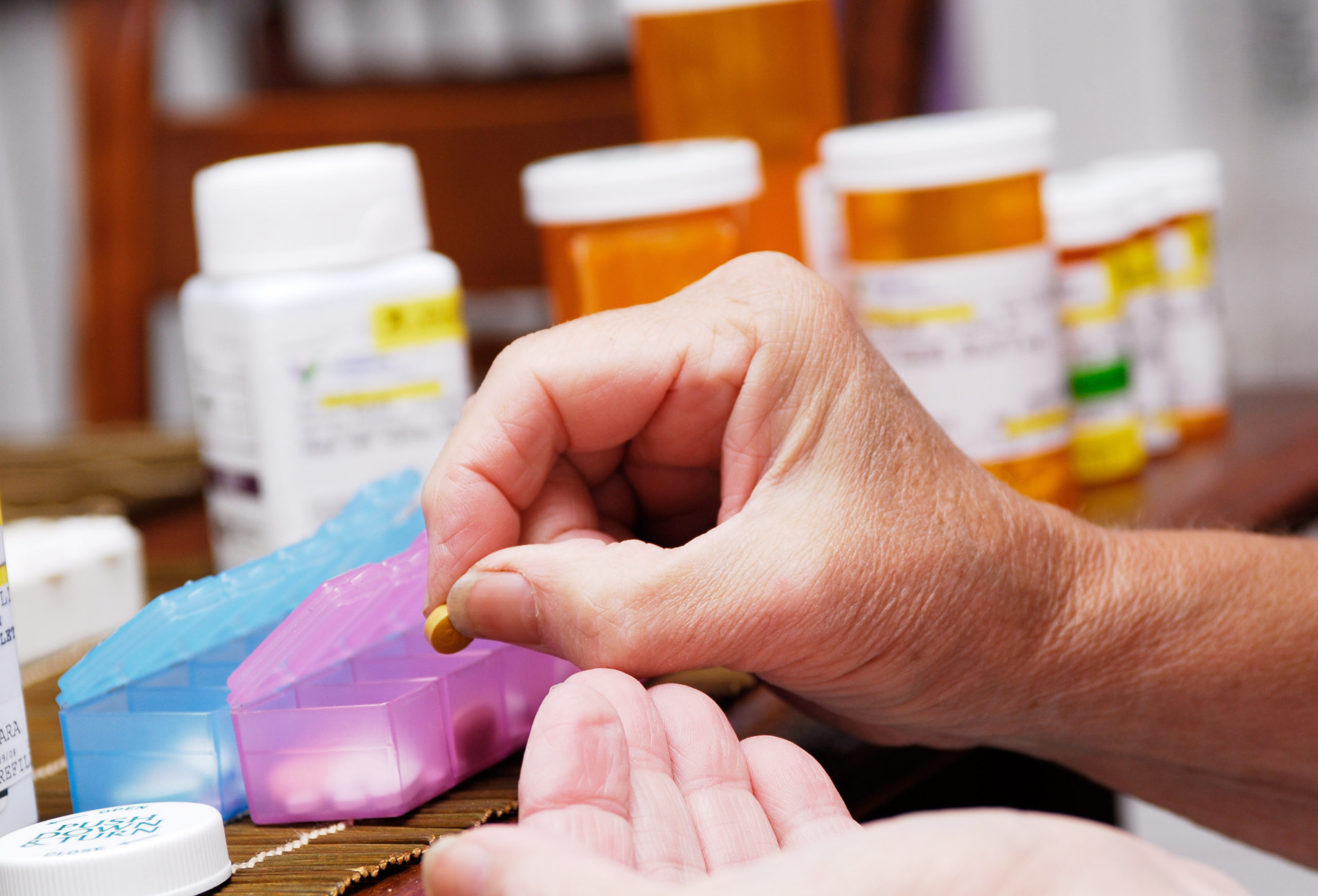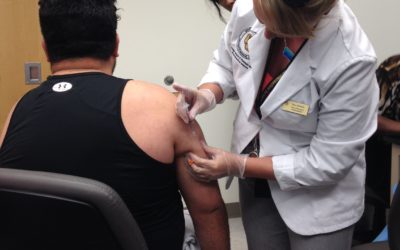Knowing how to take your prescription medication is key to your recovery and improve your health outcomes of your condition(s). Taking multiple medications throughout the day, week, or month can become overwhelming. Patients often find themselves asking questions like, ‘do I take one pill a day for 10 days in the morning or at bedtime’ or ‘do I take these pain pills as needed or strictly as prescribed?’
According to the Centers for Disease Control and Prevention (CDC):
- Medications are not taken as prescribed 50% of the time, and
- For patients prescribed medications for chronic diseases, after six months of treatment, the majority take less medication than prescribed or stop the medication altogether.
Many patients can find it challenging to follow physician’s instructions on how to take medications for various reasons. Sometimes the directions may be written in a confusing or vague way, the medication may have uncomfortable side-effects or it feels like the medication is not working. For some, one of the biggest factors is cost of the medication, so patients may take less than prescribed to make their medication last longer.
Taking Medicine As Prescribed
Taking medicine as prescribed is critically important for treating chronic conditions like heart disease and diabetes, treating temporary conditions like infections, and your overall long-term health and well-being. That is why it is crucial to make sure medication instructions are clear before leaving your physician appointment and double check when you pick up your medication from the pharmacy. Many retail pharmacies have the option to automate refills, so they will be filled before a patient runs out. This option helps to ensure a patient always has their medication on hand.

Here are 6 tips from the FDA that may help patients take medications as prescribed:
- Take your medication at the same time every day.
- Tie taking your medications with a daily routine, like brushing your teeth or getting ready for bed. Before choosing mealtime for your routine, check if your medication should be taken on a full or empty stomach.
- Keep a “medicine calendar” with your pill bottles and note each time you take a dose.
- Use a pill container, often referred to as a pill box. Some types have sections for multiple doses at different times, such as morning, lunch, evening, and night.
- When using a pill container, refill it at the same time each week. For example, every Sunday morning after breakfast.
- Purchase timer caps for your pill bottles and set them to go off when your next dose is due. Some pill boxes also have timer functions.
Here are two very useful FDA websites with more tips and tools to help you take your medication as prescribed: “Updates and Information for Consumers.”
https://www.fda.gov/drugs/special-features/why-you-need-take-your-medications-prescribed-or-instructed












